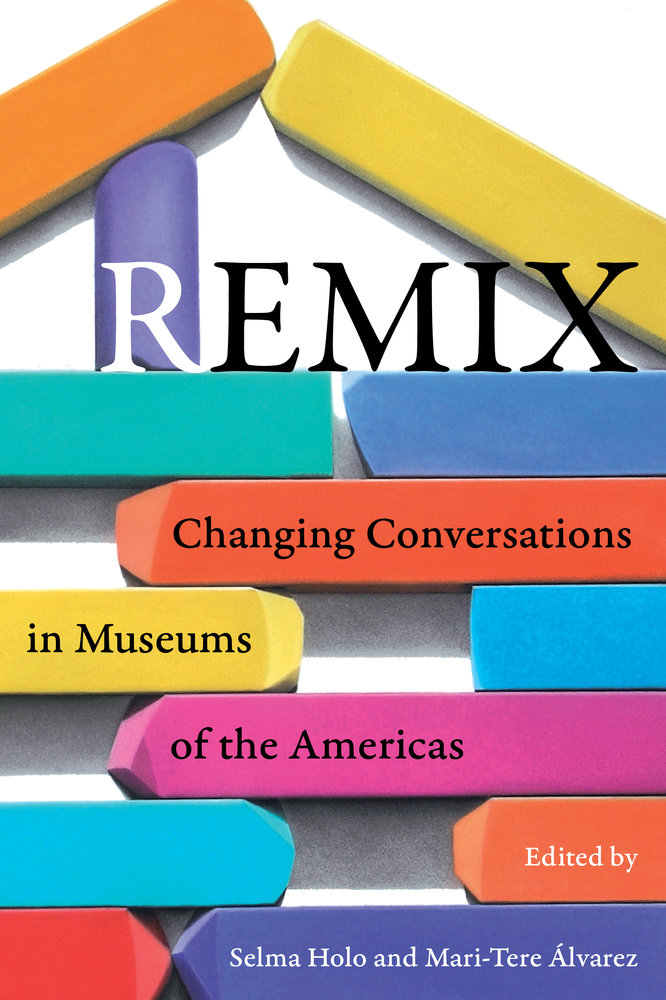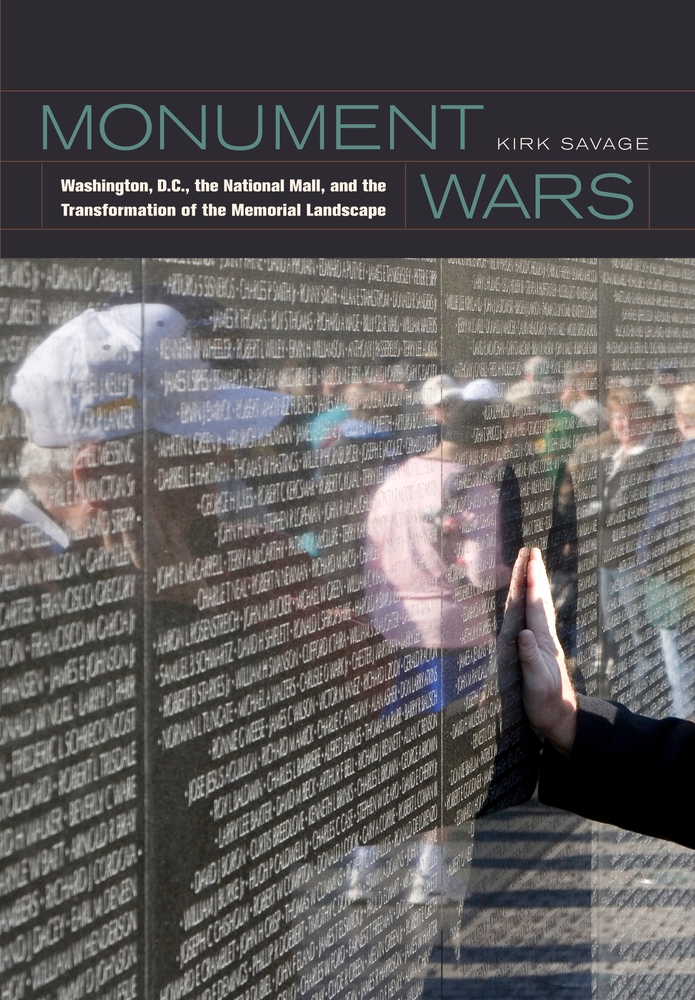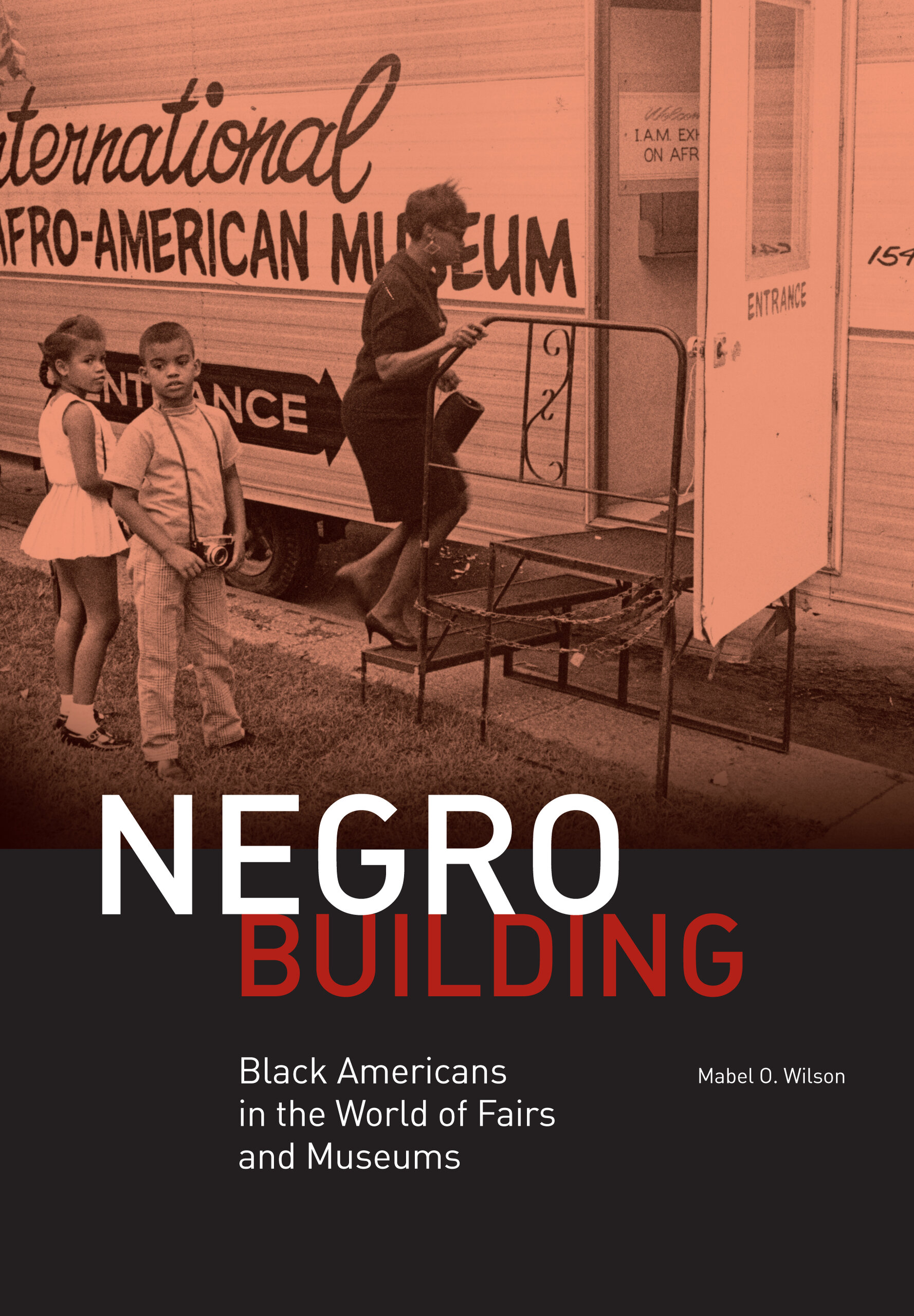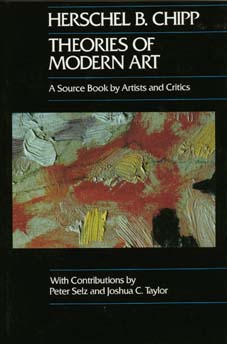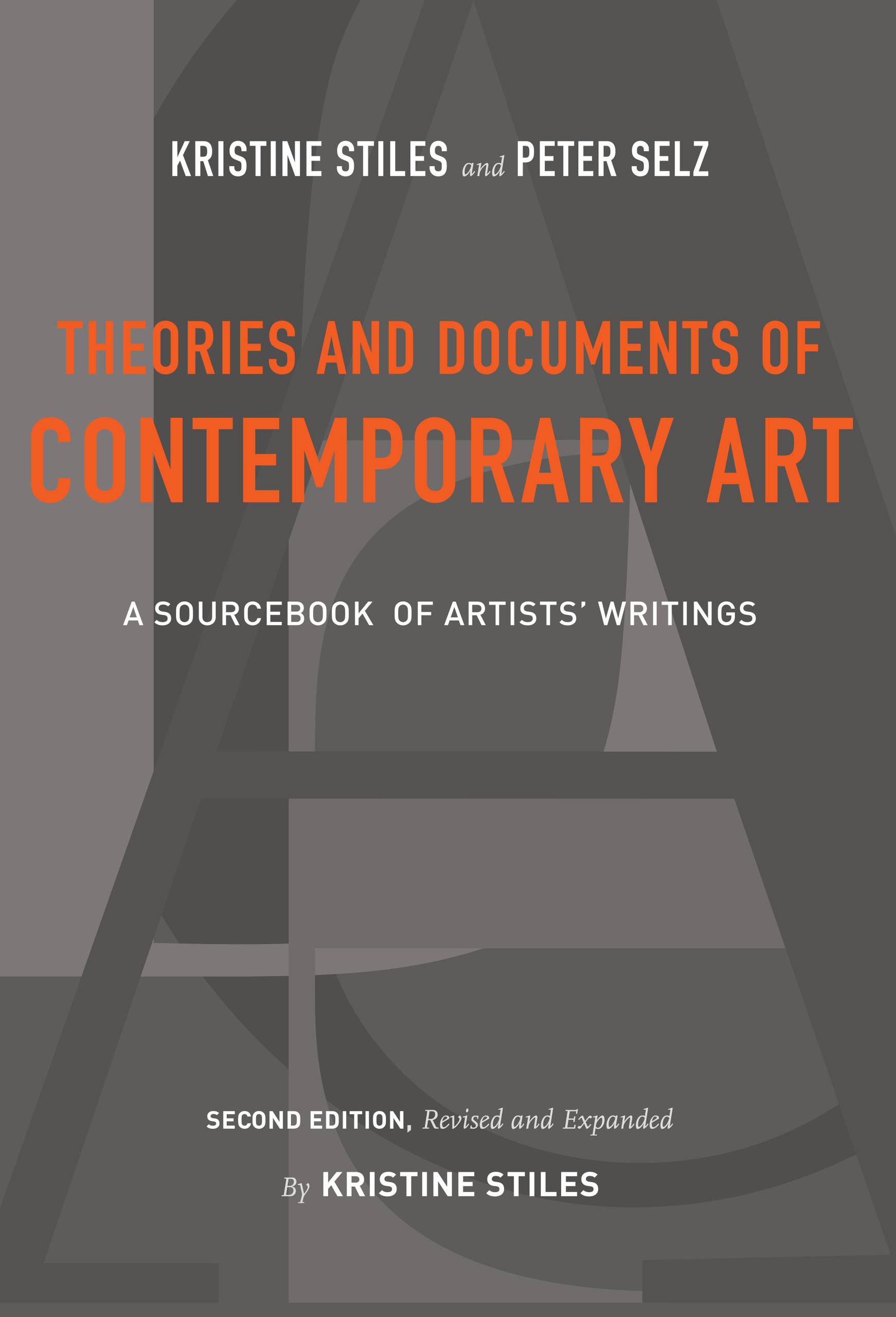Explore our groundbreaking books that facilitate teaching across disciplines. To request an exam copy, click on “Request an Exam or Desk Copy” on the book page, and this will take you to our distributor’s site where you can order your copy.
The Jean-Michel Basquiat Reader: Writings, Interviews, and Critical Responses edited by Jordana Moore Saggese
Jean-Michel Basquiat (1960–1988) burst onto the art scene in the summer of 1980 as one of approximately one hundred artists exhibiting at the 1980 Times Square Show in New York City. By 1982, at the age of twenty-one, Basquiat had solo exhibitions in galleries in Italy, New York, and Los Angeles. Basquiat’s artistic career followed the rapid trajectory of Wall Street, which boomed from 1983 to 1987. In the span of just a few years, this Black boy from Brooklyn had become one of the most famous American artists of the 1980s. This is the first comprehensive sourcebook on the artist, closing gaps that have until now limited the sustained study and definitive archiving of his work and its impact.
Eight years after his first exhibition, Basquiat was dead, but his popularity has only grown. Through a combination of interviews with the artist, criticism from the artist’s lifetime and immediately after, previously unpublished research by the author, and a selection of the most important critical essays on the artist’s work, this collection provides a full picture of the artist’s views on art and culture, his working process, and the critical significance of his work both then and now.
With an introduction by Thomas McEvilley and a brilliantly cogent afterword by its author, Brian O’Doherty once again leads us on the perilous journey to center to the art world: Inside the White Cube.
Remix: Changing Conversations in Museums of the Americas edited by Selma Holo and Mari-Tere Alvarez
Celebrating the diversity of institutions in the United States, Latin America, and Canada, Remix aims to change the discourse about museums from the inside out, proposing a new, “panarchic”—nonhierarchical and adaptive—vision for museum practice. Selma Holo and Mari-Tere Álvarez offer an unconventional approach, one premised on breaching conventional systems of communication and challenging the dialogues that drive the field. Featuring more than forty authors in and around the museum world, Remix frames a series of vital case studies demonstrating how specific museums, large and small, have profoundly advanced or creatively redefined their goals to meet their ever-changing worlds.
Artifacts and Allegiances: How Museums Put the Nation and the World on Display by Peggy Levitt
Artifacts and Allegiances takes us around the world to tell the compelling story of how museums today are making sense of immigration and globalization. Based on firsthand conversations with museum directors, curators, and policymakers; descriptions of current and future exhibitions; and inside stories about the famous paintings and iconic objects that define collections across the globe, this work provides a close-up view of how different kinds of institutions balance nationalism and cosmopolitanism. By comparing museums in Europe, the United States, Asia, and the Middle East, Peggy Levitt offers a fresh perspective on the role of the museum in shaping citizens. Taken together, these accounts tell the fascinating story of a sea change underway in the museum world at large.
Monument Wars: Washington, D.C., the National Mall, and the Transformation of the Memorial Landscape by Kirk Savage
In Monument Wars, Kirk Savage tells an engrossing story about the National Mall in Washington, D.C.—its historic plan, the structures that populate its corridors, and the sea change it reveals regarding national representation. Central to this narrative is a dramatic shift from the nineteenth-century concept of a decentralized landscape, or “ground”-heroic statues spread out in traffic circles and picturesque parks-to the twentieth-century ideal of “space,” in which authority is concentrated in an intensified center, and the monument is transformed from an object of reverence to a space of experience. Savage’s lively and intelligent analysis traces the refocusing of the monuments themselves, from that of a single man, often on horseback, to commemorations of common soldiers or citizens; and from monuments that celebrate victory and heroism to memorials honoring victims. The book provides a fresh and fascinating perspective on over two hundred years of American history.
Negro Building: Black Americans in the World of Fairs and Museums by Mabel O. Wilson
New in Paperback: Focusing on Black Americans’ participation in world’s fairs, Emancipation expositions, and early Black grassroots museums, Negro Building traces the evolution of Black public history from the Civil War through the civil rights movement of the 1960s. Mabel O. Wilson gives voice to the figures who conceived the curatorial content: Booker T. Washington, W. E. B. Du Bois, Ida B. Wells, A. Philip Randolph, Horace Cayton, and Margaret Burroughs. Originally published in 2012, the book reveals why the Black cities of Chicago and Detroit became the sites of major Black historical museums rather than the nation’s capital, which would eventually become home for the Smithsonian’s National Museum of African American History and Culture, which opened in 2016.
The Arts of China, Sixth Edition, Revised and Expanded by Michael Sullivan with Shelagh Vainker
The new edition of this internationally renowned and crucial classroom text places emphasis on Chinese art history, not as an assemblage of related topics, but as a continuous story. With updated attributions and dating throughout and a revised bibliography, it reflects the latest archaeological discoveries, as well as gives increased attention to modern and contemporary art and to calligraphy throughout China’s history, with additional discussions of work by women artists. Visual enhancements include all new maps, and approximately one hundred new color illustrations—bringing the total to well over four hundred color illustrations.
Sullivan’s approach remains true to the way the Chinese themselves view art, providing students with a sense of the sweep of history through China’s dynasties. The Arts of China remains the most comprehensive and widely read introduction to the history of Chinese art.
Theories of Modern Art: A Source Book by Artists and Critics by Herschel B. Chipp
“The richest, most thorough and authoritative anthology of theoretical source materials on painting and sculpture since Cezanne which has so far appeared.”—San Francisco Chronicle
Herschel B. Chipp’s Theories of Modern Art is a collection of texts from letters, manifestos, notes and interviews. Sources include, as the title says, artists and critics—some expected, like van Gogh, Gauguin, Apollinaire, Mondrian, Greenberg, just to name a few—and some less so: Trotsky and Hitler, in the section on Art and Politics. The book is a wonderful resource and insight into the way artists think and work.
Theories and Documents of Contemporary Art: A Sourcebook of Artists’ Writings by Kristine Stiles and Peter Selz
First published in 1996, this irreplaceable resource has now been updated, revised, and expanded by Kristine Stiles to represent thirty countries and more than one hundred new artists. Stiles has added forty images and a diverse roster of artists, including many who have emerged since the 1980s, such as Julie Mehretu, Carrie Mae Weems, Damien Hirst, Shirin Neshat, Cai Guo-Qian, Olafur Eliasson, Matthew Barney, and Takashi Murakami. The writings, which as before take the form of artists’ statements, interviews, and essays, make vivid each artist’s aesthetic approach and capture the flavor and intent of his or her work. The internationalism evident in this revised edition reflects the growing interest in the vitality of contemporary art throughout the world from the U.S. and Europe to the Middle East, Asia, Africa, Latin America, and Australia.
Inside the White Cube: The Ideology of the Gallery Space by Brian O’Doherty
Brian O’Doherty was the first to explicitly confront a particular crisis in postwar art as he sought to examine the assumptions on which the modern commercial and museum gallery was based. Concerned with the complex and sophisticated relationship between economics, social context, and aesthetics as represented in the contested space of the art gallery, he raises the question of how artists must construe their work in relation to the gallery space and system.
These essays are essential reading for anyone interested in the history and issues of postwar art in Europe and the United States. Teeming with ideas, relentless in their pursuit of contradiction and paradox, they exhibit both the understanding of the artist (Patrick Ireland) and the precision of the scholar.
With an introduction by Thomas McEvilley and a brilliantly cogent afterword by its author, Brian O’Doherty once again leads us on the perilous journey to center to the art world: Inside the White Cube.
A History of the Western Art Market: A Sourcebook of Writings on Artists, Dealers, and Markets edited by Titia Hulst
This is the first sourcebook to trace the emergence and evolution of art markets in the Western economy, framing them within the larger narrative of the ascendancy of capitalist markets. Selected writings from across academic disciplines present compelling evidence of art’s inherent commercial dimension and show how artists, dealers, and collectors have interacted over time, from the city-states of Quattrocento Italy to the high-stakes markets of postmillennial New York and Beijing. This approach casts a startling new light on the traditional concerns of art history and aesthetics, revealing much that is provocative, profound, and occasionally even comic. This volume’s unique historical perspective makes it appropriate for use in college courses and postgraduate and professional programs, as well as for professionals working in art-related environments such as museums, galleries, and auction houses.
Art and the Global Economy by John Zarobell
The book analyzes major changes in the global art world that have emerged in the last twenty years including structural shifts in the global art market; the proliferation of international art fairs, biennials and blockbuster exhibitions; and the internationalization of the scope of contemporary art. John Zarobell explores the economic and social transformations in the cultural sphere, the results of greater access to information about art, exhibitions, and markets around the world, as well as the increasing interpenetration of formerly distinct geographical domains. By considering a variety of locations—both long-standing art capitals and up-and-coming centers of the future—Art and the Global Economy facilitates a deeper understanding of how globalization affects the domain of the visual arts in the twenty-first century.

